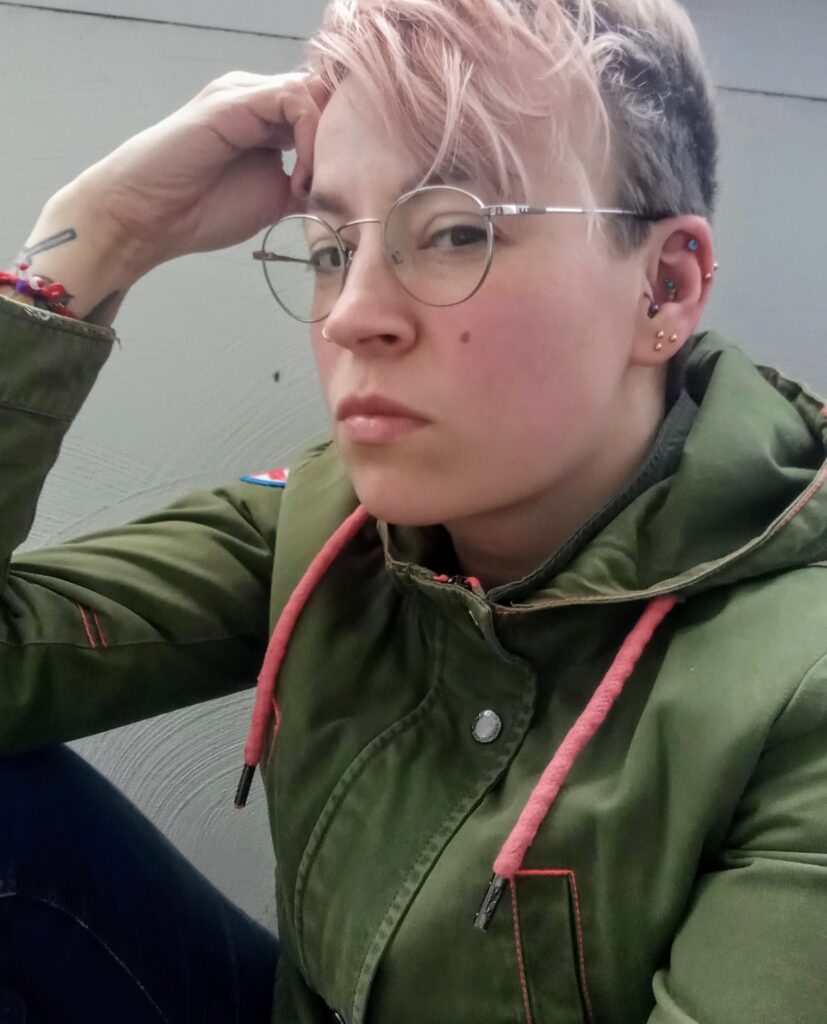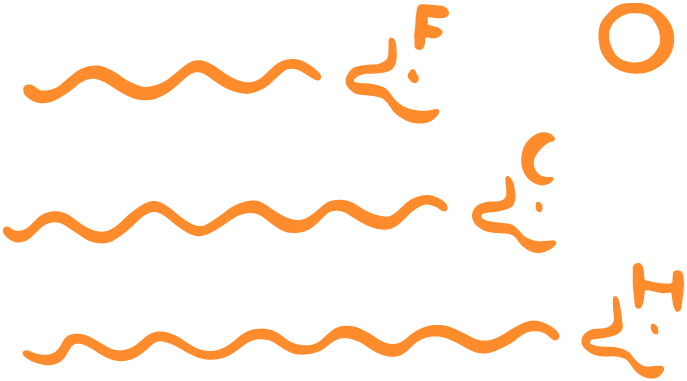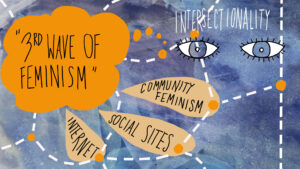On 3 June at 14–15pm Finnish time, Feminist Culture House spoke with Vica Kravtsova (co-founder of Feminist Translocalities), and Aleksandra Biktimirova (curator of the Feminist Translocalities exhibition in Kazan), as part of the exhibition What’s the Use of Intersectionality.
Feminist Translocalities is an online magazine, printed zine, and travelling exhibition. It focuses on the questions of coloniality and decolonisation—globally and in the former USSR—as well as on intersections of feminism with other discriminations: racism, ableism, homophobia. The website also includes a section “Feminist Utopias”, a set of statements about what a feminist future might look like, which were sent by activists from different countries. The Feminist Translocalities travelling exhibition was created specifically for the context of Russia. It looks at the inclusivity of the usual understanding of the history of women’s movements in DDR and UdSSR. Black women and women of colour; migrant workers; trans persons; non-heterosexual women—the exhibition looks at their roles in the stories of resistance.
Vica Kravtsova (she/her) is a feminist researcher and cultural worker born in Smolensk, currently based in Berlin. Her research interests revolve around the intersections of feminist, antiracist, and decolonial struggles in the countries of the former USSR.
Aleksandra Biktimirova (she/her) is a researcher of islamic feminisms, Muslim theology in different societies, and local women’s history in Tatarstan. The main themes in her research interests are gender, muslim women, and relationships between discourses of power and marginality.
This conversation was documented by artist Simi Ruotsalainen. Simi’s work is visible below.
Simi Ruotsalainen (they/them) is media-artist, photographer, and independent filmmaker from Finland. Their deepest interest in art lies in everything related to people and human life, and their relationship with their environment. One of their special goals as artist is to visualise intimate feelings, emotions, and life experiences of people by portraying them outside to reflect the inside. Simi Ruotsalainen considers their art to be a form of activism. The reoccuring themes in their art are often related in Northern and Arctic life, environmental issues, gender, and feminism.






